Budgeting for Your Interior Design Project: A Comprehensive Step-by-Step Guide
Embarking on an interior design project is an exciting journey that allows you to transform your living space into a reflection of your personal style. However, without careful financial planning, expenses can quickly spiral out of control. In this guide, we provide actionable steps and expert advice to help you budget effectively and bring your vision to life without financial stress.

1. Define Your Project Scope
Assess the Space
Start by determining which areas of your home you plan to redesign. Is it a single room, multiple rooms, or your entire home? Understanding the scope helps set realistic expectations and budget allocations.
Identify Needs vs. Wants
Create a list of essential elements and desirable additions. Prioritize the must-haves first, such as functional furniture and lighting, before considering aesthetic upgrades like decorative pieces.
Pro Tip: Visualize your ideal space with mood boards and sketches to keep your goals aligned.
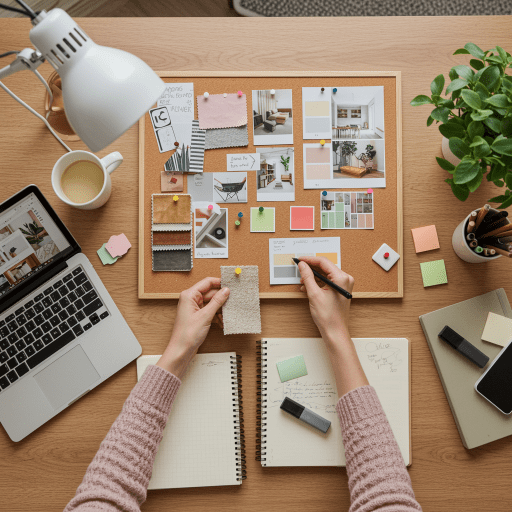
2. Establish a Realistic Budget
Set a Total Budget
Decide on the maximum amount you’re willing to invest. Be honest about your financial limits to avoid overspending.
Allocate Funds by Category
Break down your budget into key categories, such as:
- Furniture: Sofas, tables, chairs
- Decor: Art, cushions, curtains
- Labor: Contractors, painters
- Materials: Paint, flooring
- Lighting: Fixtures and fittings
- Accessories: Rugs, mirrors, and finishing touches
Contingency Planning:
Set aside 10-15% of your total budget for unforeseen expenses.

3. Understand Cost Components
Design Fees
Interior designers typically charge in one of three ways:
- Hourly rates: Ideal for smaller projects.
- Flat fees: Best for comprehensive design services.
- Percentage of project cost: Common for large-scale projects.
Materials and Furnishings
Costs can vary widely depending on the quality and brand. Research multiple suppliers to understand the price range for your desired materials.
Labor Costs
Include expenses for contractors, electricians, plumbers, and other professionals. Labor often accounts for a significant portion of your budget.
Pro Tip: Request multiple quotes to ensure competitive pricing.
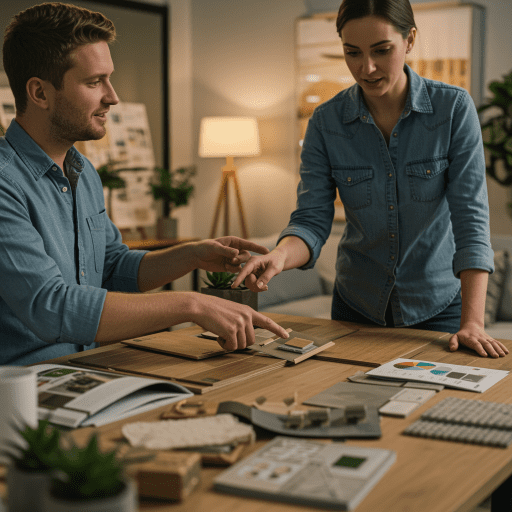
4. Research and Source Wisely
Compare Prices and Suppliers
Explore multiple vendors to find the best deals. Take your time—comparison shopping can lead to substantial savings.
Consider Sustainable and Affordable Options
Thrift stores, upcycled furniture, and eco-friendly materials can add unique character to your space while being budget-friendly.
Be Cautious with Second-Hand Items
While many pre-owned items are excellent finds, avoid second-hand purchases of:
- Mattresses
- Baby cribs
- Non-stick cookware
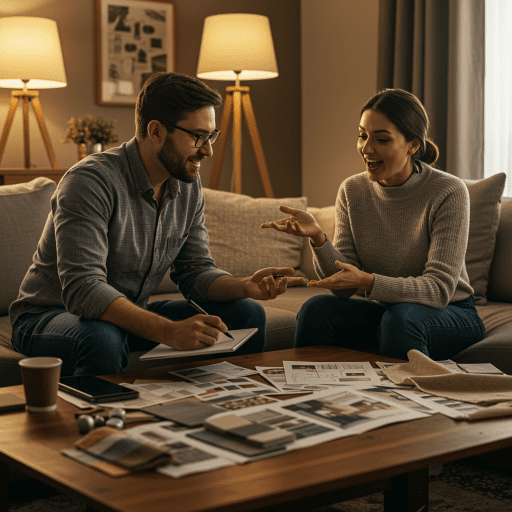
5. Implement Cost-Saving Strategies
DIY Projects
Take on simple tasks yourself, such as:
- Painting walls
- Assembling furniture
Phased Approach
If budget constraints exist, complete the project in stages. Prioritize high-impact areas first.
Budget-Friendly Updates
Incorporate affordable changes like:
- Peel-and-stick wallpaper
- Seasonal decor swaps
Pro Tip: Swap out cabinet handles and light fixtures for an instant upgrade.
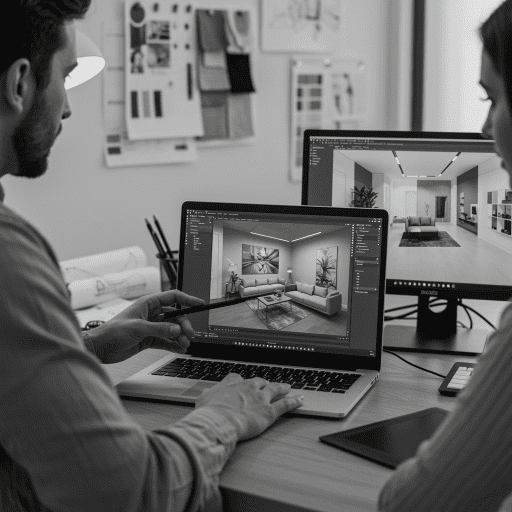
6. Monitor and Adjust Your Budget
Track Expenses
Keep detailed records of every expenditure. Use budgeting apps or spreadsheets to monitor spending in real-time.
Stay Flexible
Be prepared to adjust your plan if certain aspects exceed the budget. Flexibility allows you to make smart financial decisions without compromising your overall vision.
Pro Tip: Regularly review your progress and realign your priorities if needed.
Expert Insights on Budgeting Pitfalls
- Underestimating Labor Costs: Always get detailed quotes upfront.
- Skipping the Contingency Fund: Unplanned expenses are inevitable—be prepared.
- Impulse Buying: Stick to your plan and avoid unplanned splurges.
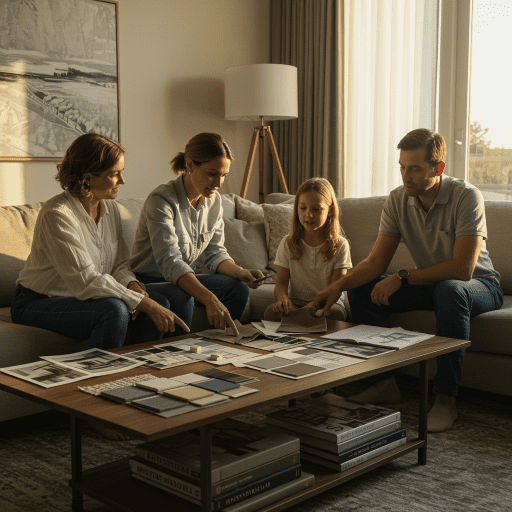
Conclusion
By following these steps and expert tips, you can create a beautiful and functional space that reflects your style while staying within your financial means. Effective budgeting not only helps you achieve your design goals but also ensures a stress-free experience. Ready to start planning your dream space? Visit InStyleDecoParis.com for more expert tips, design services, and inspiration.